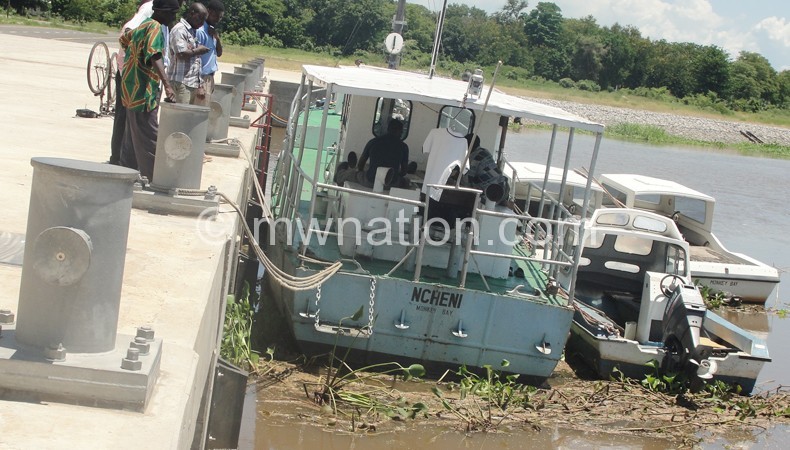Nsanje port sold to US investors
A team of trade and investment experts from Malawi have asked United States of America (USA)’s business captains to contribute towards implementation of the Nsanje World Inland Port and seize the investment opportunity the project presents.
Minister of Industry and Trade Joseph Mwanamvekha made the case for the port project, which is awaiting the completion of a feasibility study to start, at the US Chamber of Commerce (USCC) in Washington DC on Saturday.

Making his presentation to whet the appetite of the business gurus that included USCC vice-president Scott Eisner and vice-president of Phillip Morris International, Jon Heunemann, Mwanamvekha said the port project was transformational.
He explained that the project presents a number of investment opportunities associated with provision of rail, road and water transportation services; airport development, businesses in tourism, as well as value addition enterprises.
“We invite you to explore and take up these transformational projects,” said Mwanamvekha.
He was assisted in the meeting by President Peter Mutharika’s chief economic adviser, Collins Magalasi and Malawi Investment and Trade Centre (Mitc) chief executive officer Clement Kumbemba.
The inland port, which is a multi-million dollar project, is aimed at increasing national and regional competitiveness, by offering shorter and cheaper access to the Indian Ocean, through Shire River in Nsanje and the Zambezi River.
According to the project’s literature, the port is expected to be an economic hub, serving the Malawi, Zambia, Zimbabwe, Mozambican economies and other countries, in southern Africa.
These landlocked countries are likely to improve their import and export volumes, following the opening of the facility on Malawi’s biggest river.
Transport costs have driven the prices of imports and exports with insurance charging for potential accidents and thefts.
The project’s design shows that the harbour at Nsanje, which was opened four year ago, would include a mobile port crane, roll-on and roll off facilities, retaining structures, navigation aids, container stacking and handling areas, general cargo handling and storage areas, weighbridge, ware houses, electrical substation, office buildings and vehicle parking facilities.
Phase two of construction was supposed to involve erection of offices for port authorities and the Malawi Revenue Authority (MRA), all covering 10 000 square metres.





